Bachmann Industries
1400 E. Erie Avenue
Philadelphia PA 19124
Price: $1,575
Website: www.bachmanntrains.com
Plastic and die-cast-metal model of a Denver & Rio Grande Western C-19 2-8-0; Pittman motor, blind drivers on middle axles; circuit board in tender; built in speaker; built in cooling fan; all-metal gear drive. Dimensions: Length, 31”; width (over window shades), 6”; height to the top of the whistle, 7¾”
Pros: Quiet, smooth drive; high degree of fidelity to the prototype; crisp lettering; plentiful details
Cons: Fragile details may break with handling
The D&RG was not the only railroad to order locomotives built to these drawings. The East Broad Top Railroad bought one in 1881, where it became their Nº 7. The engine was sold to the Ohio River & Western R.R. in eastern Ohio in 1913. Other similar locomotives were built for export. Three examples survive today; two at Knott’s Berry Farm near Los Angeles and the other at the Colorado Railroad Museum in Golden.
Over the years, the C-19s on the D&RG underwent many cosmetic changes. Wrecks, technological advances, and routine maintenance ultimately gave each locomotive a slightly different appearance, including longer smokeboxes, and new smoke stacks, headlights, domes, and air pumps. The booklet that comes with the model has some cool pictures of these locomotives over the years.
I’ve always been a fan of 2-8-0s, especially narrow-gauge ones. I was just finishing a scratchbuilt model of EBT Nº 7 when Bachmann announced they were doing the C-19. Despite my grumblings about the timing of my scratchbuilding project, I’m pleased to see Bachmann producing this model. It’s long been requested by many 1:20.3 aficionados, and not just D&RGW fans.
This model does not disappoint. Right out of the box, it looks very much like Nº 346 at the Colorado Railroad Museum, which I studied in detail when building my EBT Nº 7. The proportions look right, the lettering is crisp, and the details plentiful. The model measures within one or two inches of published drawings. Bachmann makes six different versions of this engine, covering four specific locomotives (one in two paint schemes) and a generic, undecorated one. Bachmann’s literature says each version has details accurate to the specific prototype. I’m not a scholar on the legacy of these locomotives, but the details on the review sample (Nº 346, as it appeared in the late 20s to early 30s) match prototype photos very well.
Details on this locomotive are extensive. Most of the piping is painted or blackened metal, and are individual pieces, not molded into the boiler. Water lines hanging down from the injector under the cab are not supported by anything and, being plastic, would be exposed in an unfortunate run-in with a rock. The tender has similar water-line details. The cab is chock full of plumbing as well. I noted that the simulated water injectors don’t line up with the water lines on the side of the boiler, but it’s hard to see into the cab anyway, so you’re not really going to notice.
Drivers on the locomotive are painted, with blackened metal tires. They all fall within NMRA/G1MRA standards for back-to-back spacing. Each axle is sprung to compensate for uneven track, and the center two drivers are blind (flangeless) to allow the locomotive to go through tight-radius curves, like the prototype. And—also like the prototype, though seldom modeled—they’re wider than the flanged drivers so the wheels have a wider surface area to stay in contact with the rails on the curves.
I couldn’t find a stated minimum radius in the literature, though Bachmann has said online that the engine will easily traverse a 4′-radius curve (8′-diameter). It certainly had no trouble on 4′ curves as I tested it. Anecdotal evidence suggests it can handle tighter curves (I’ve heard as tight as 2.5′ radius), though I couldn’t verify that myself, nor would I recommend that tight a radius with a train in tow. Most 1:20.3 rolling stock needs at least a 4′ radius anyway. The locomotive rolled smoothly through a variety of switches (Aristo-Craft, LGB, Sunset Valley, AMS, and others). If you’re running through spring switches, you may want to put some additional weight on the pilot truck.
Tender wheels also conform to NMRA/G1MRA standards. One on my tender had a very slight wobble to it. It was within tolerances, though, and you’d never notice it in operation.
Electronically, the tender is the “brains” of this locomotive. Power is picked up via roller pickups on each of the drivers and journal pickups on each of the tender trucks. Power is routed to a circuit board in the tender that comes with a plug-in socket common in Bachmann and Aristo-Craft locomotives. Access to this board is gained by removing the coal load.
The stock board is fitted with a “dummy plug,” which allows for traditional DC track operation. This can be removed and replaced with a “plug-and-play” command-control board from a variety of manufacturers. Bachmann includes an additional plug-in board with short lengths of wire attached, if your flavor of command control doesn’t come in a plug-in form. The tender also includes a built-in 3″ speaker and a cooling fan to circulate air through the tender. Mine arrived unplugged, so plug it in only if you feel it necessary.
The control board has switches to turn the motor on and off, reverse the polarity from common “large scale” polarity to “NMRA standard,” and select between track and battery power. Screw terminals allow you to easily attach pig-tails to plug into your battery. There’s also ample room in the tender for a small Li-ion battery pack without too much worry. An additional switch allows you to select between two and four chuffs per revolution if you’re attaching a third-party sound system. (Four is prototypical but many garden railroaders tend to run at faster-than-prototype speeds. With this locomotive’s small drivers, four chuffs may sound too rapid at such speeds.) The smokebox door hides switches that control the smoke and lights in the locomotive. There are two eight-wire plugs that run between the locomotive and tender. They’re a little finicky to plug in but, after a few times, you get used to it.
Operationally, this locomotive is very good. It is powered by a Pittman motor, driving the second axle via an all-metal gear train. It’s smooth and quiet. Drive rods transfer power to the remaining drivers.
When power is applied, lights come on at around 1.3V. The headlight and class lights are a realistic warm-white color. The LED in the headlight can be diffused to reflect more light in the headlight housing with a little sandpaper. There’s an orange LED in the cab that I think could be replaced with a warm-white LED for more realism, and there are also flickering lights in the firebox. The clamshell doors on the firebox open together—a neat feature. The headlight is not directional.
Wheels start turning at a little over 3V, so the lights come on before the locomotive moves. Slow-speed operation is excellent. At 14V, the top speed of the engine is 25 miles per hour with no train in tow. If you’re running 24V, the top speed jumps to around 45, give or take. That’s probably apropos for the maximum speed these locomotives were capable of reaching. Throughout the speed range, the engine exhibited very little motor or gear noise.
With no load, the locomotive draws around 0.5 amps. At full slip, that current draw increases to 1.5 amps. Stall current at 14V is 3.5 amps, which increases to 5 amps at 24V. (I mention both voltages because people who run battery power—especially narrow-gauge modelers—tend to use 14V battery packs, while those using track power gravitate toward 24V, regardless of prototype.) Drawbar pull measured just shy of two pounds, or the equivalent of around 26 average freight cars on straight, level track.
The locomotive comes with various bags of goodies, including extra couplers so you can couple either to Bachmann’s (and others’) 1:20.3 rolling stock or to 1:22.5 equipment at a lower height. Bachmann includes hook-and-loop couplers, though no means of actually mounting them exists. Also included is a more scale dummy coupler that can be installed on the front pilot for a more pleasing aesthetic.
There’s a spark arrestor included for the stack, black tubing (likely for water-line connections between locomotive and tender), an engineer and fireman figure (the same that ship with other Bachmann locomotives), and a bag of screws and plastic tubes that can be used to raise the control board in the tender, should you want to replace the stock speaker with a larger one. The locomotive also comes with wiring and mechanical diagrams showing how to disassemble it for maintenance.
Narrow-gauge modelers have been wanting a locomotive like this for a long time. It’s very accurate for a C-19 and, if you model a railroad that ran similar 2-8-0s, chances are good you can get this engine to resemble your favorite prototype with little extra effort. The locomotive is a good size—not too big to look out of place on smaller garden railroads but big enough to command a train of 10 or so cars without difficulty. I see this model easily filling the role of its prototype—a sturdy, go-to locomotive that will just keep getting the job done.





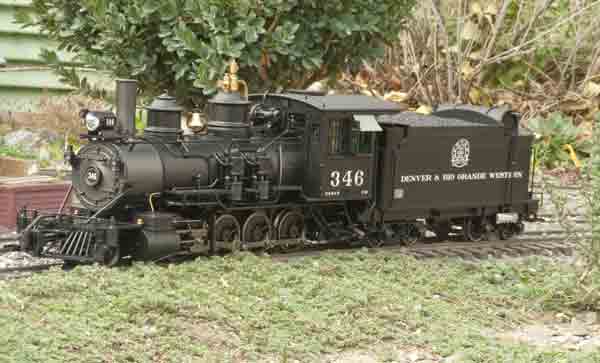
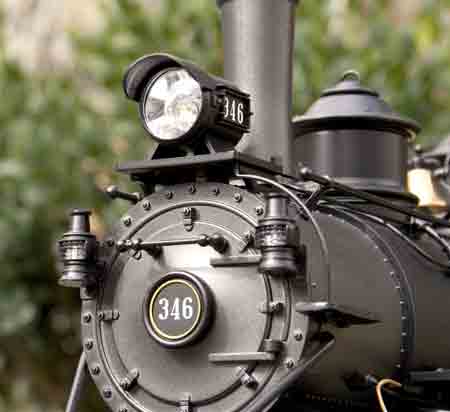
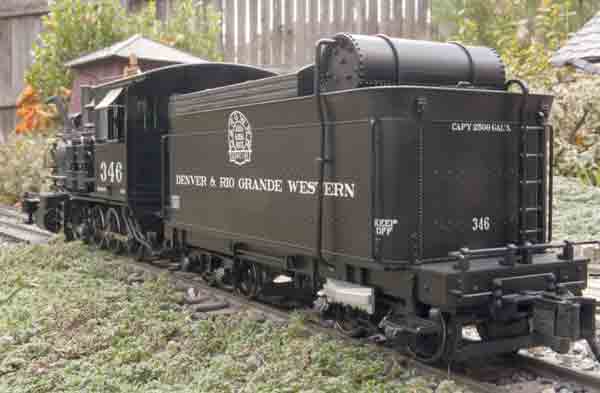
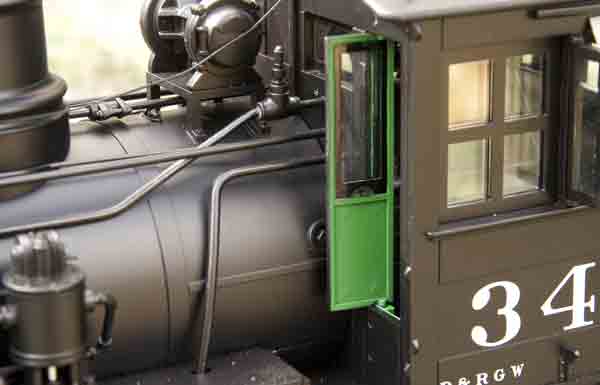
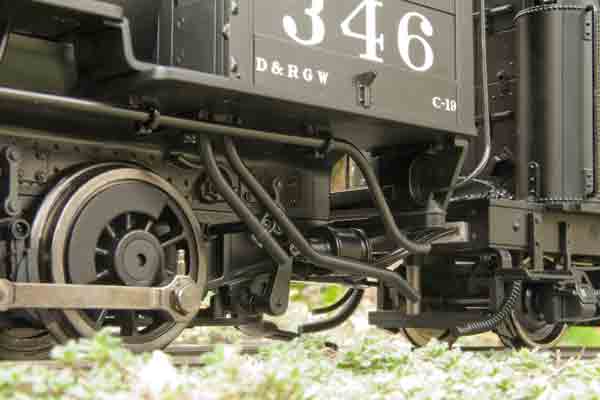
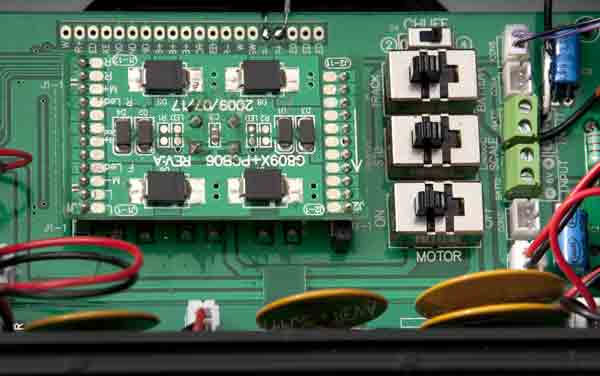

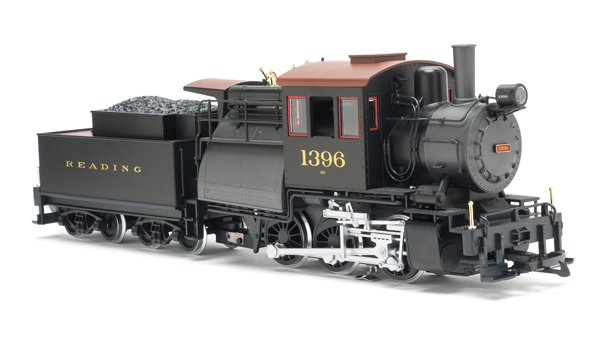
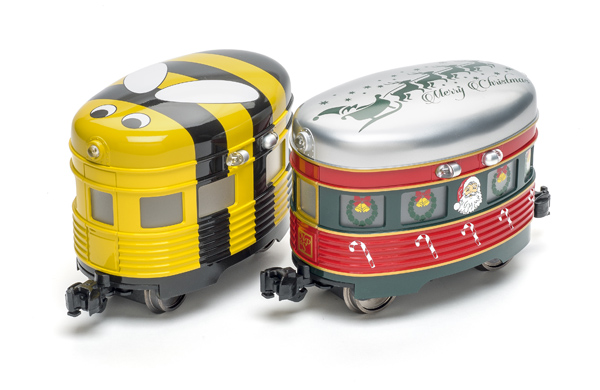

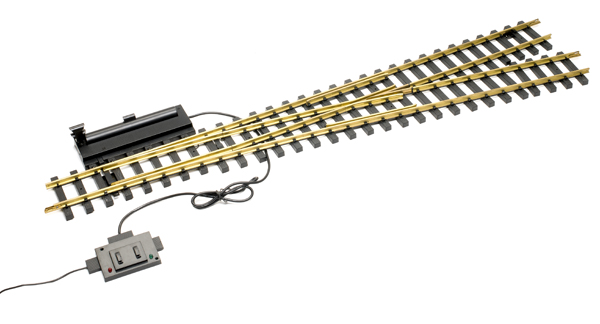




Replacing the dummy front coupler with a standard 1/22.5 freight coupler on my Anniversary Ten Wheeler is exactly the right height to run it coupled to the C-19, using the straight short coupler on the C-19. I’m using the RGS Ten Wheeler, and they look great together pulling a large train.